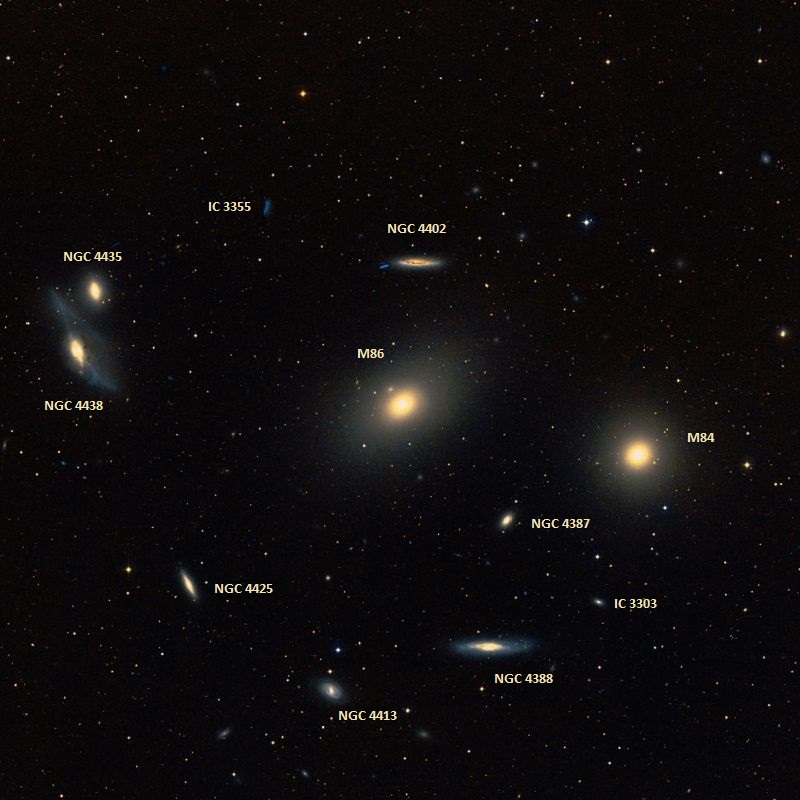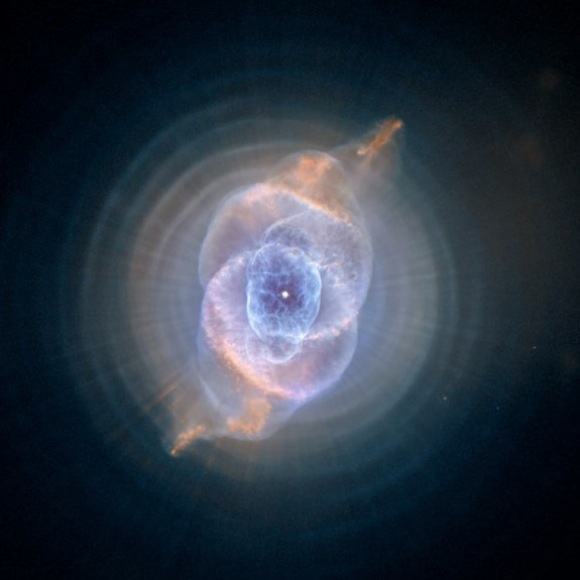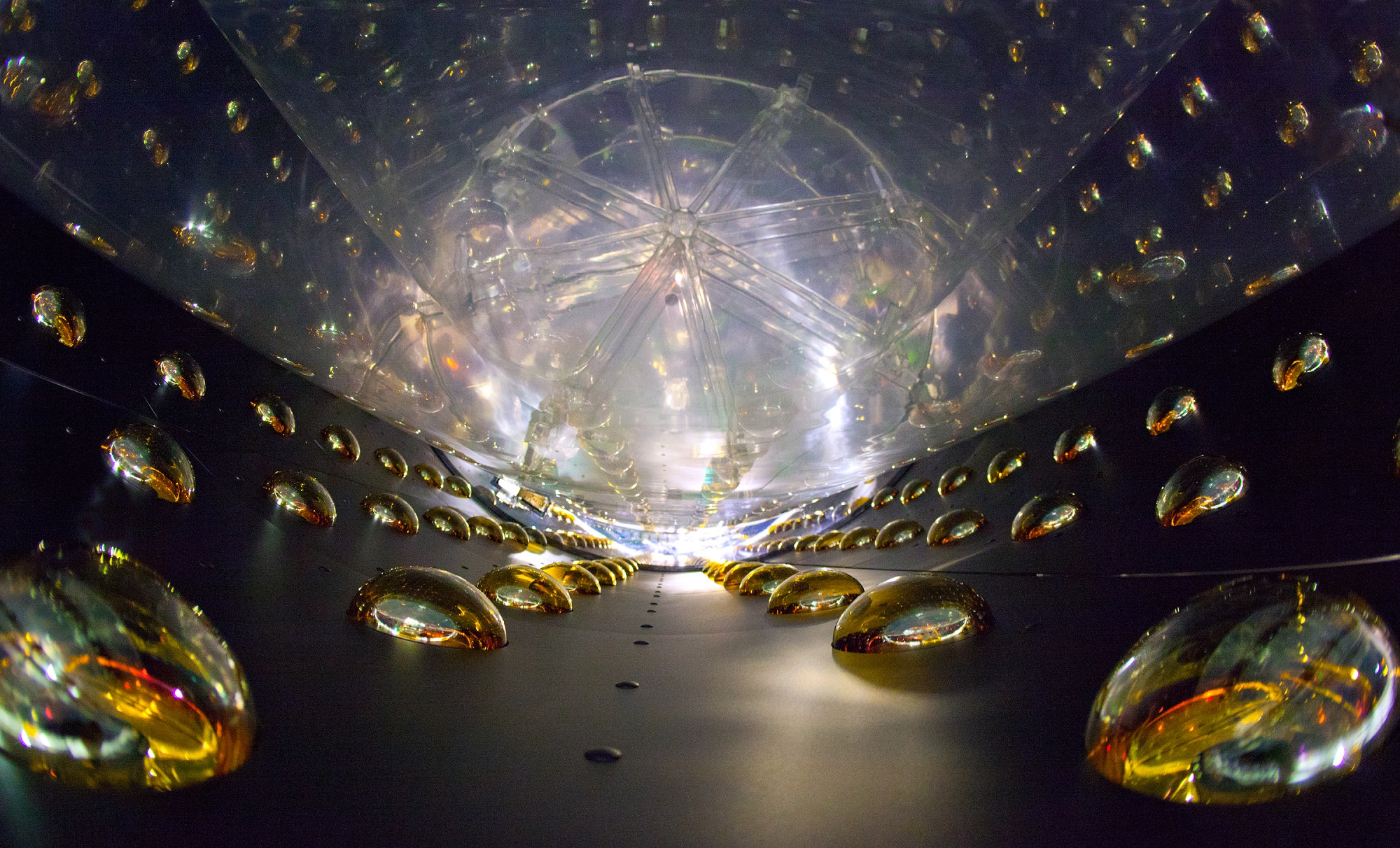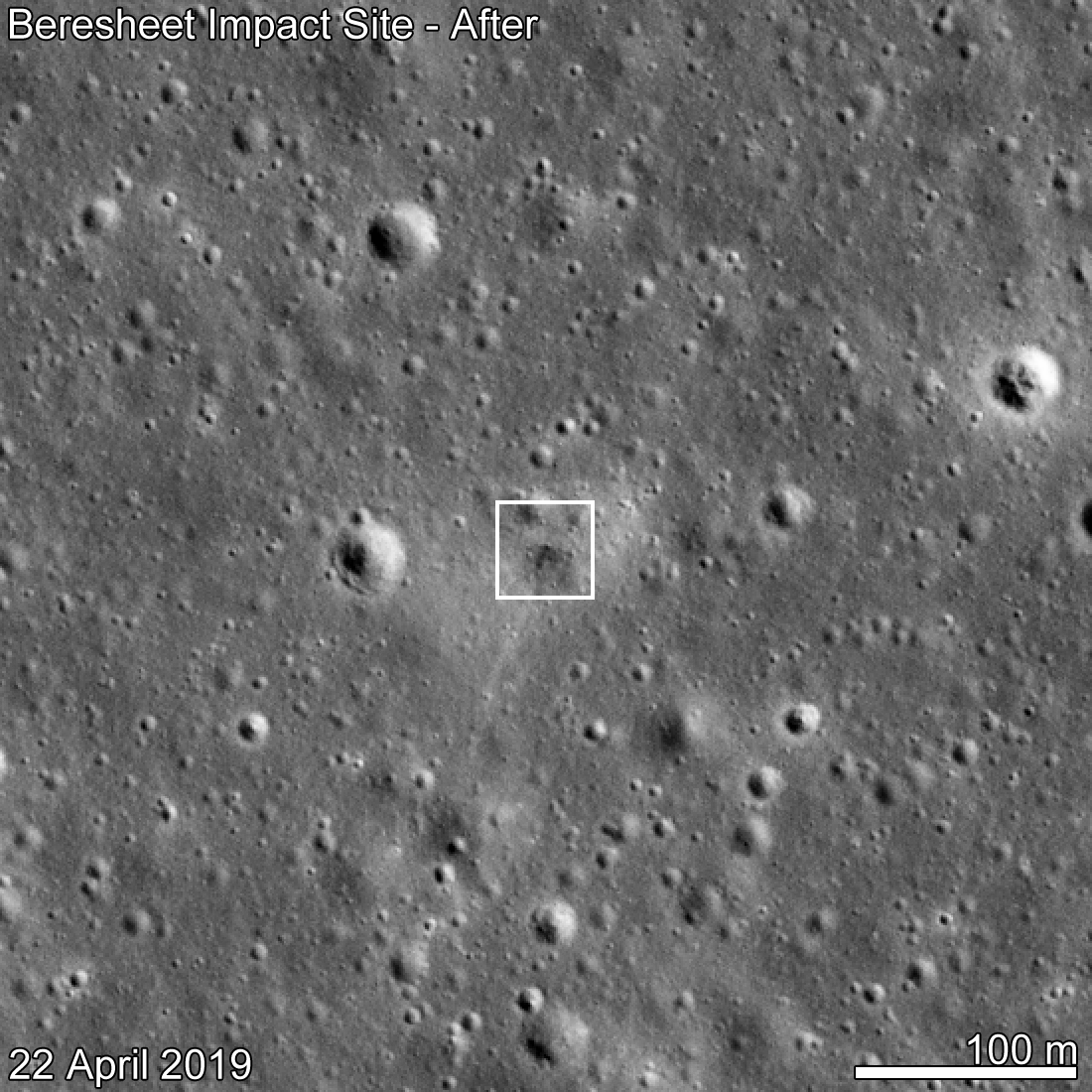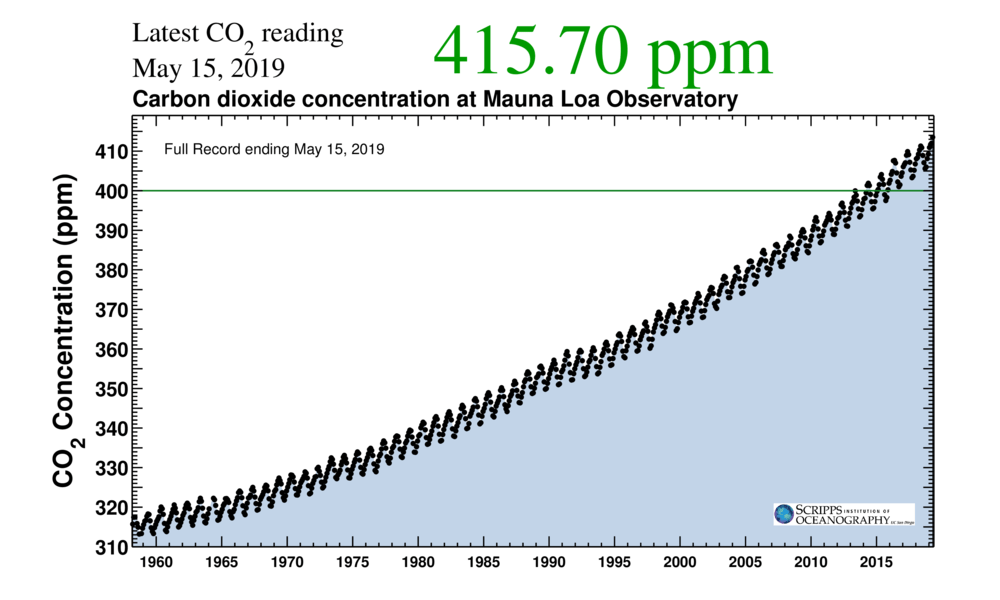Welcome back to Messier Monday! Today, we continue in our tribute to our dear friend, Tammy Plotner, by looking at the elliptical (lenticular) galaxy known as Messier 86!
During the 18th century, famed French astronomer Charles Messier noticed the presence of several “nebulous objects” while surveying the night sky. Originally mistaking these objects for comets, he began to catalog them so that others would not make the same mistake. Today, the resulting list (known as the Messier Catalog) includes over 100 objects and is one of the most influential catalogs of Deep Space Objects.
One of these objects is the elliptical (lenticular) galaxy known as Messier 86. Located in the southern constellation Virgo, roughly 52 million light years from Earth, this galaxy is another member of the Virgo Cluster – the closest large galaxy cluster to the Milky Way. Because of its distance and proximity to other bright galaxies, this galaxy can only be seen with a telescope, or as a faint patch with binoculars when viewing conditions are sufficient.
Continue reading “Messier 86 – the NGC 4406 Elliptical Galaxy”

